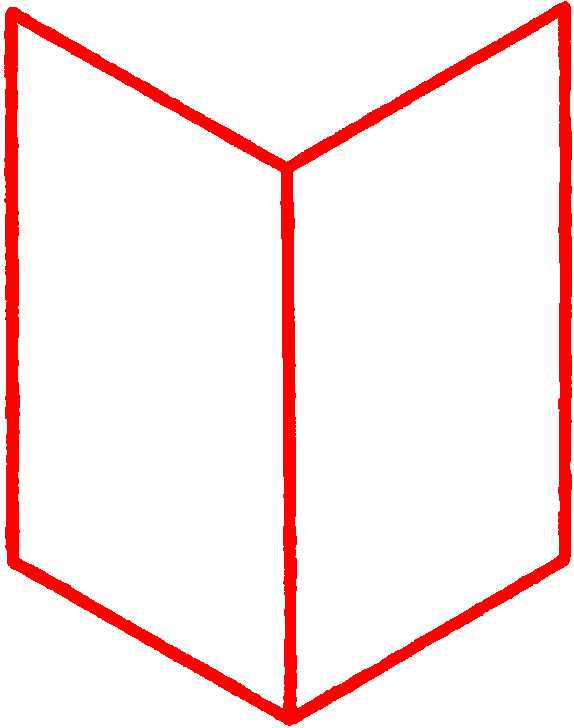Ouija Board for Josef Albers
Paul Elliman, 2002, hardboard, 41 x 41 cm

A few years ago a friend of mine in the art history department at Yale told me she had just been introduced to Albers at a collage fellows lunch. I said to here What? That’s impossible. She said No no, it was definitely him; very old German guy with silver hair, Josef Albers. I said No, you don’t understand. He’s been dead for 25 years — look I’ll show you a picture of him. I found an old catalog with his portrait on the back page. She said Yes, that’s him, Josef Albers. He was very friendly and it was definitely him.
The idea that he was or is somehow still around seems compelling enough. I started thinking about Albers and his work in a more grounded sort of way — not as someone whose presence can only be transmitted through the pages of a book, the medium of writing, or audio recordings. Artists have always tried to keep in historical contact through works from the past. I thought Fuck it, why not just make contact with Albers directly?
I was curious about the stencil typeface he’d designed in 1926, while he was at the Bauhaus. In a famous example of the work, Albers cut the letters out of a large square of glass. Adding the words YES and NO would turn it into a kind of Ouija keyboard. I was thinking of using glass, but hardboard is fine for a Ouija board, and it’s also an Albers material — his square paintings were made on this board, in 16, 24, and 40 inch sizes.
–“A–Z, 0–9, YES/NO,” Paul Elliman, Dot Dot Dot #13, 2006
Go back
